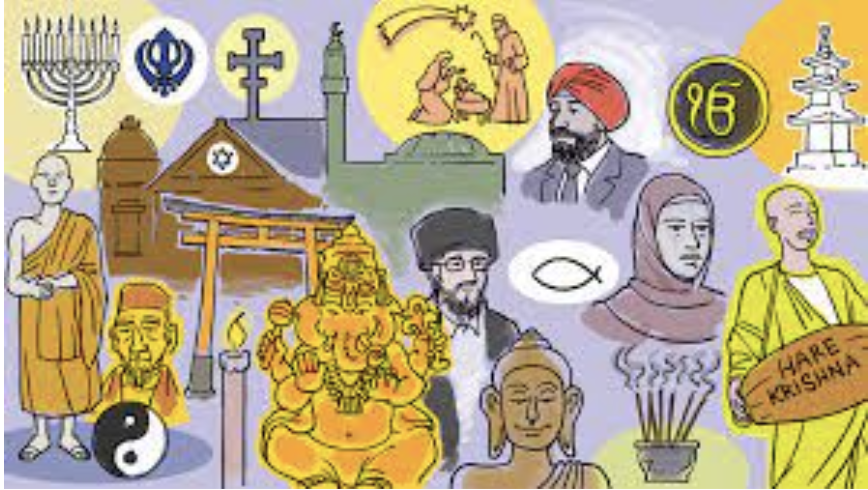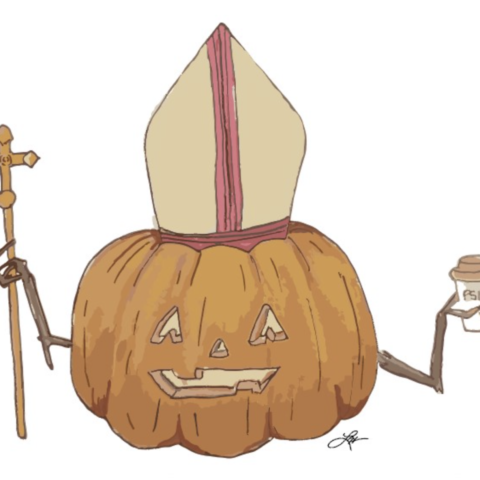by Milan Nayak
That grocery run for your religious holiday might affect more than just your depleting bank account.
Christmas, Holi, and Chinese New Year are some of the most celebrated holidays around the globe. What comes with each holiday varies, but they are all filled with deep tradition that resonates with religious deities, color, sacrifice, and spirituality. But on an international scale, these festivals have a huge effect on trade and the global economy.
International relations scholars often neglect religion’s impact on macroeconomic policy. To begin with, Christmas—the largest holiday in the world—has an astronomically high spending power. In the United States alone, holiday retail sales have skyrocketed to a whopping 843.4 billion dollars in 2021, which is roughly 100 billion dollars more than the military budget. The seven countries that spend the most on holiday retail sales in Europe contribute a total of 219.19 billion euros, which is roughly 2.5 billion dollars. One might assume that large amounts of imported revenue only help a country’s economy and GDP, but there’s more behind that claim. Christmas spending doesn’t necessarily “help” the economy, because it merely concentrates spending into one part of the year. Christmas doesn’t facilitate a healthy economy, as even if people don’t spend money on Christmas, they will eventually spend that saved money later. An already healthy economy facilitates a successful Christmas, not the vice-versa. Joel Waldfogel, writer of the classic paper “The Deadweight Loss of Christmas,” says that “between ten percent and a third of the value of gifts” is a waste, or what economists call “deadweight loss.” This deadweight loss is attributed to the recipients not liking their gift and valuing it less than the gifter does. However, an alternative perspective states that recipients could resell their undesired gifts to other parties, thus resulting in more economic activity.
Now take the Indian festival of colors: Holi. Shades of red, yellow, pink, blue, and green paint the busy streets of India. Bags of colored powder, buckets of water, water color blasters, and Indian sweets are purchased from vendors across the country, creating increased economic activity. But this simple celebration of the triumph of good over evil doesn’t stop there, it results in the additional triumph of political parties. The religious symbolism of Holi is used as a talking point by many Hindu nationalist parties, making parties like the Bharatiya Janata Party (BJP) in control of the vote. The BJP is characterized by foreign investments only in high-tech sectors and liberal economic policies. Thus, the countless festivals of Holi around India have become more than just a Hindu tradition, it has become part of a political strategy.
The same analysis can be applied to the Chinese New Year celebrated in China, Singapore, Malaysia, and even more. The Lunar New Year marks the busiest period of time for the film industry, air travel, and more. The Chinese New Year also starts the Chunyun, a mass migration and traveling period, which is crucial to families seeing each other and the stability of the Chinese workforce. Many employees of firms also choose to change jobs over the New Year period, leading the rate of employee turnover to be higher after the New Year period.
The celebration of religious deities through different lenses certainly brings joy to many cultures across the globe, but it spurs global trends that are unforeseen in different regions of the world. No matter what part of the world you’re from or what religion you practice, the festivals you and your family take are more than that long receipt from the supermarket; it affects macroeconomic factors and the political economy for all citizens regardless of their religious participation in festivals.


